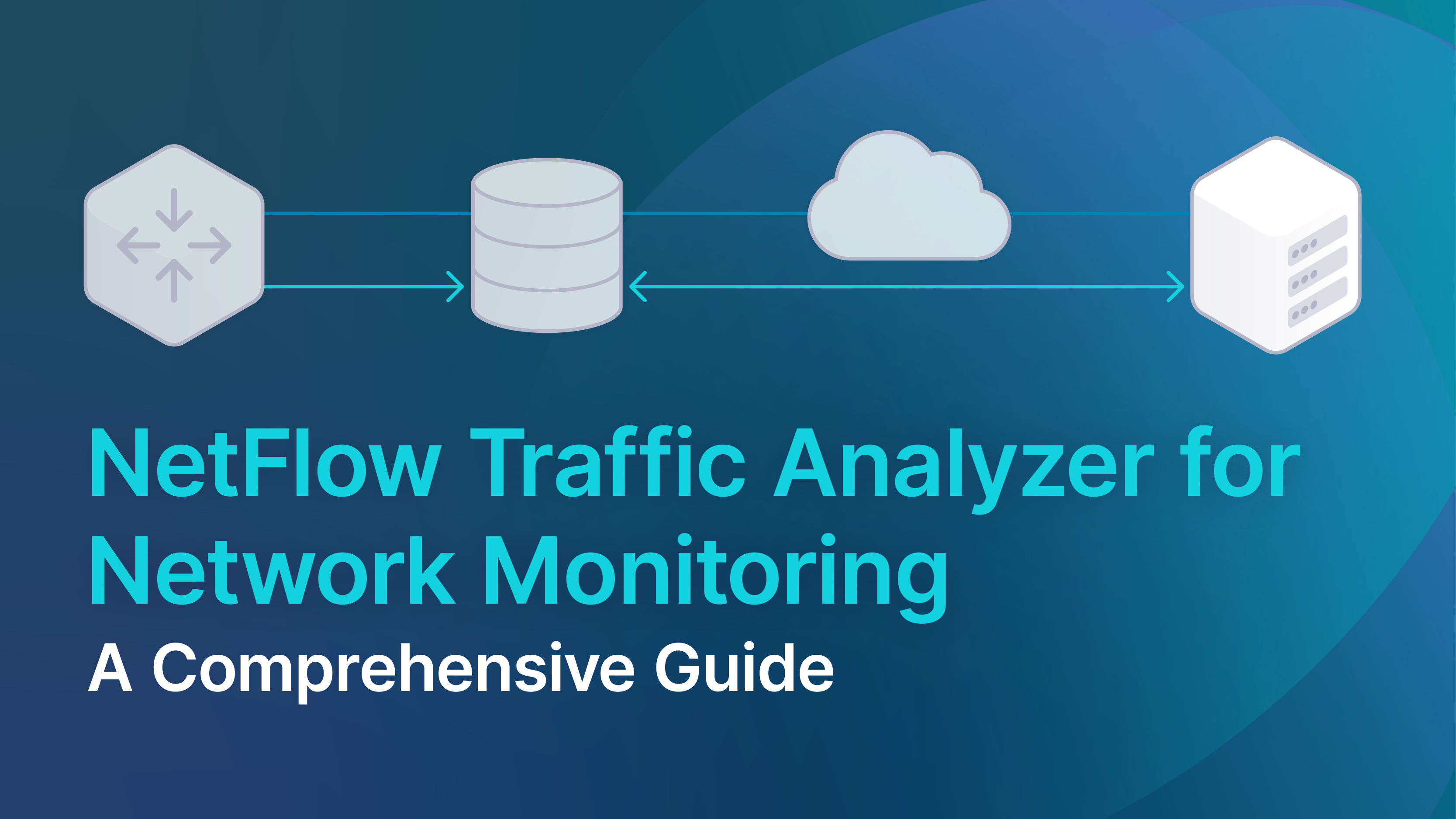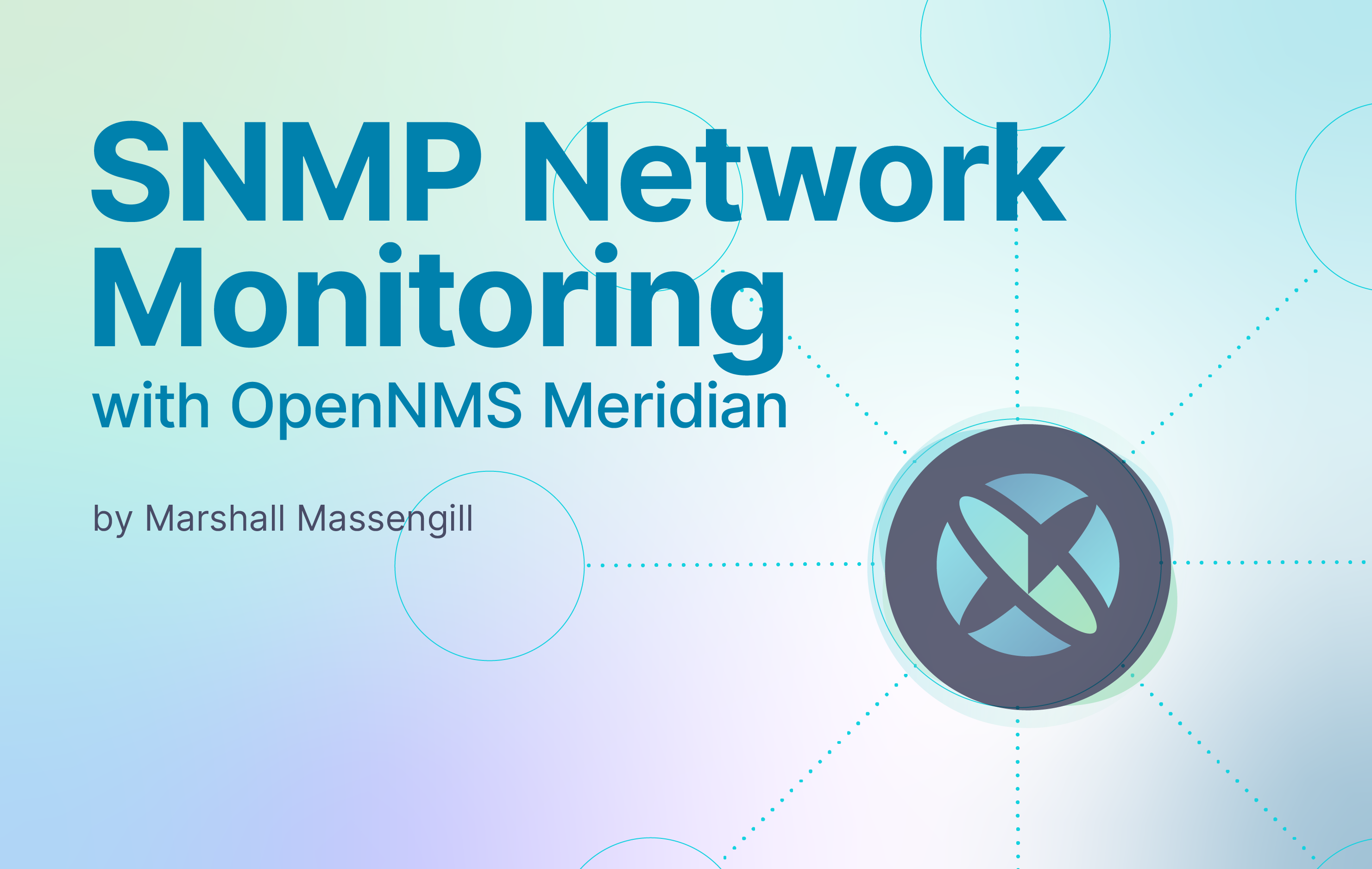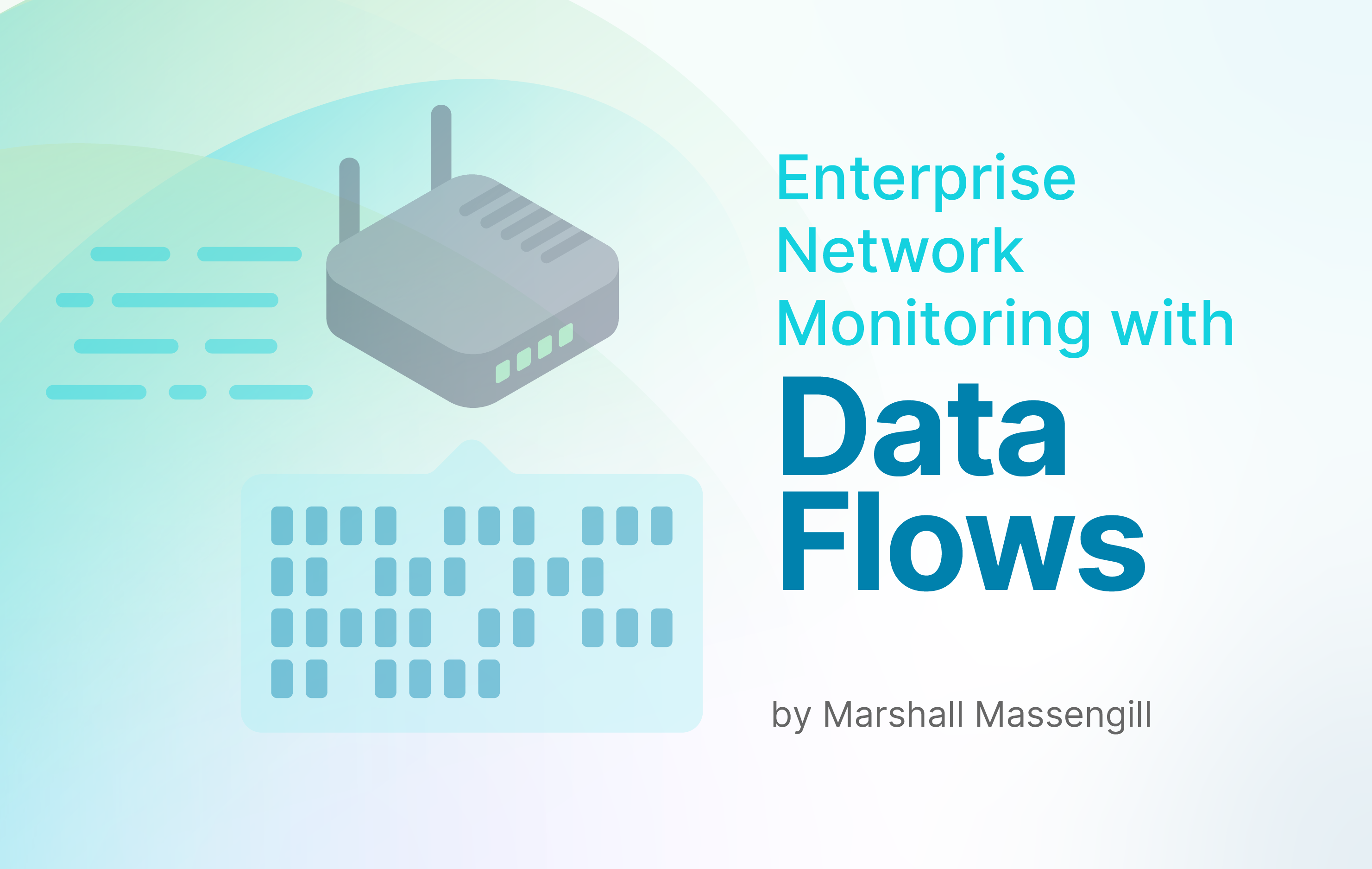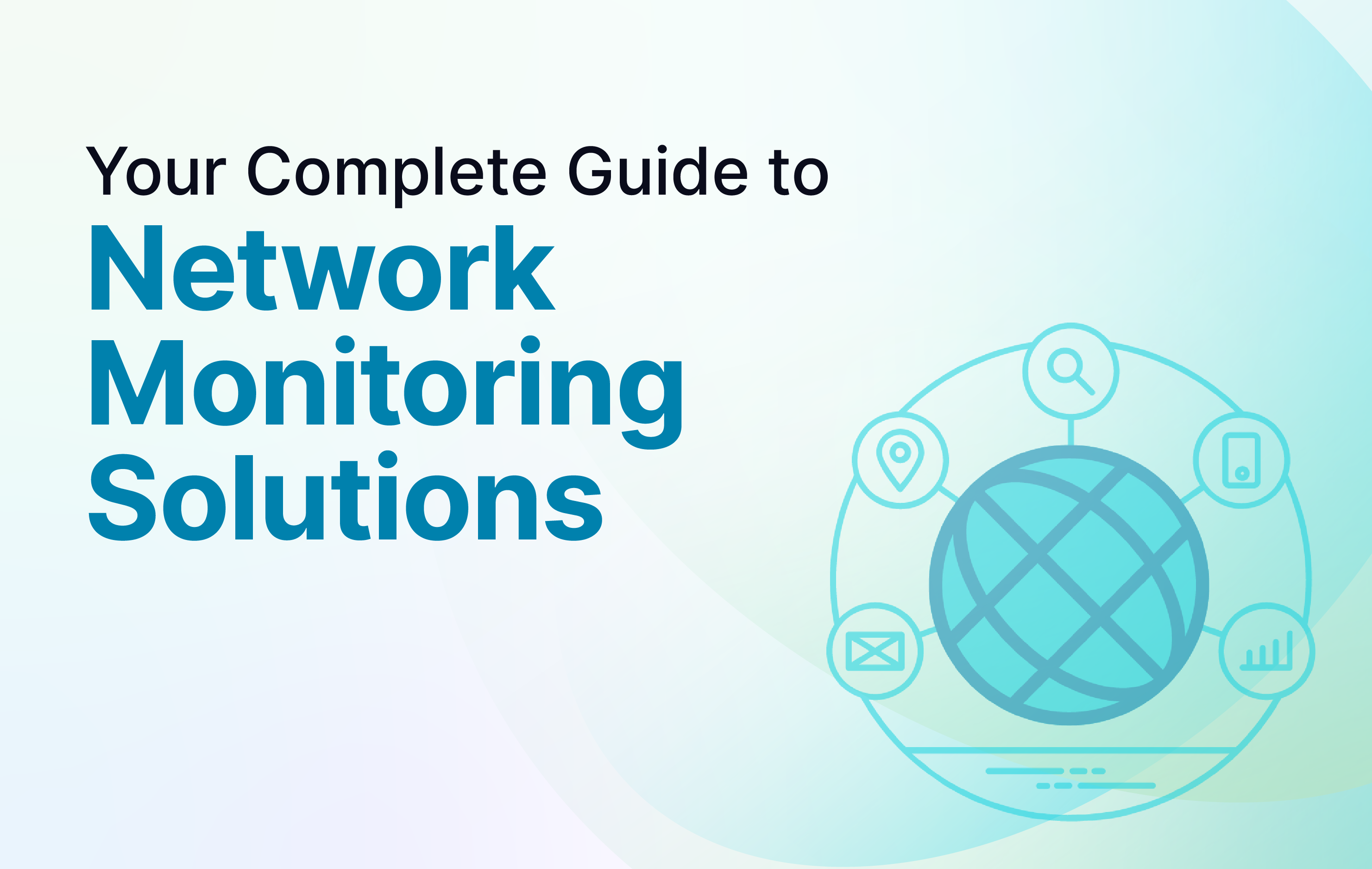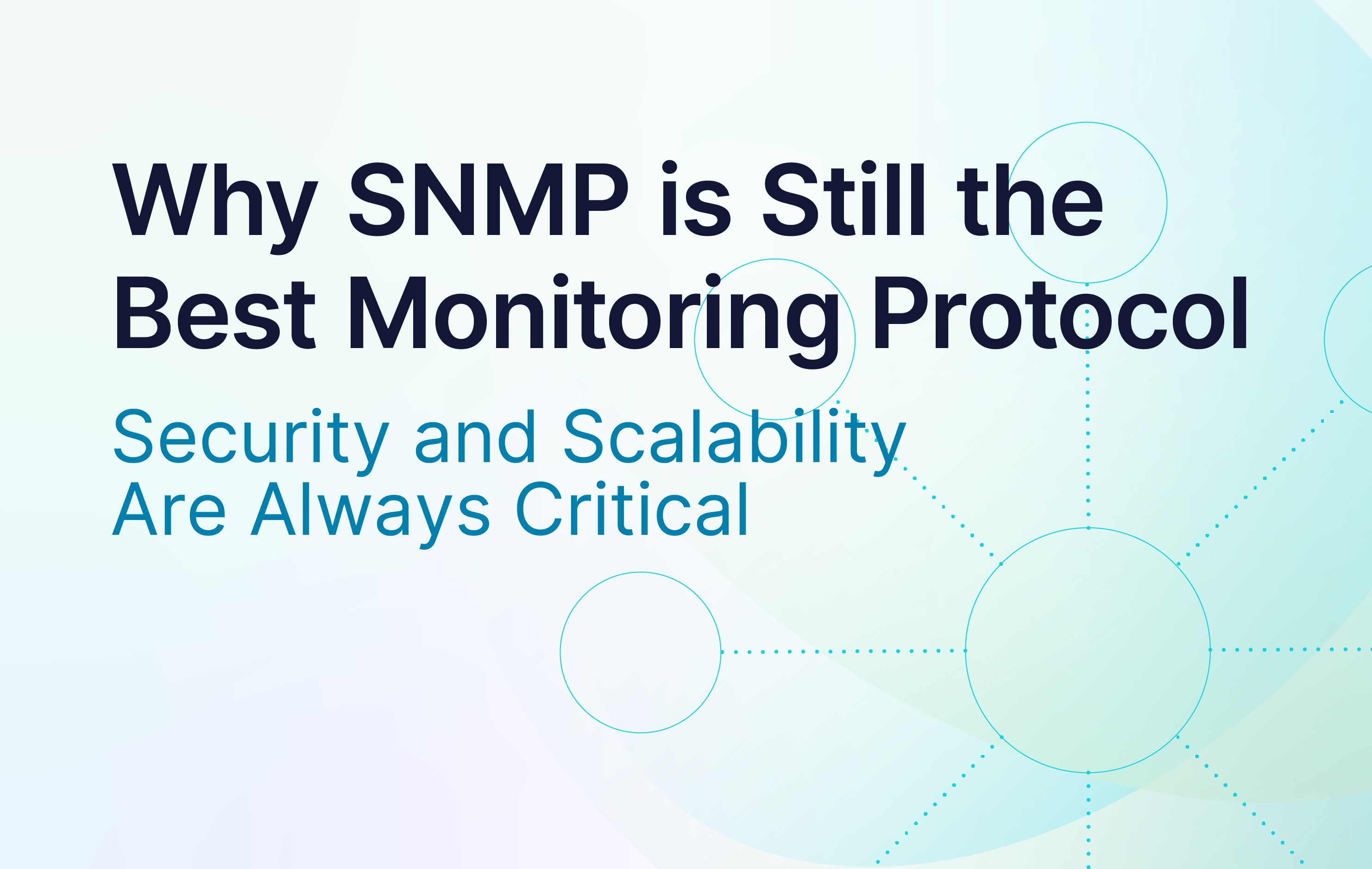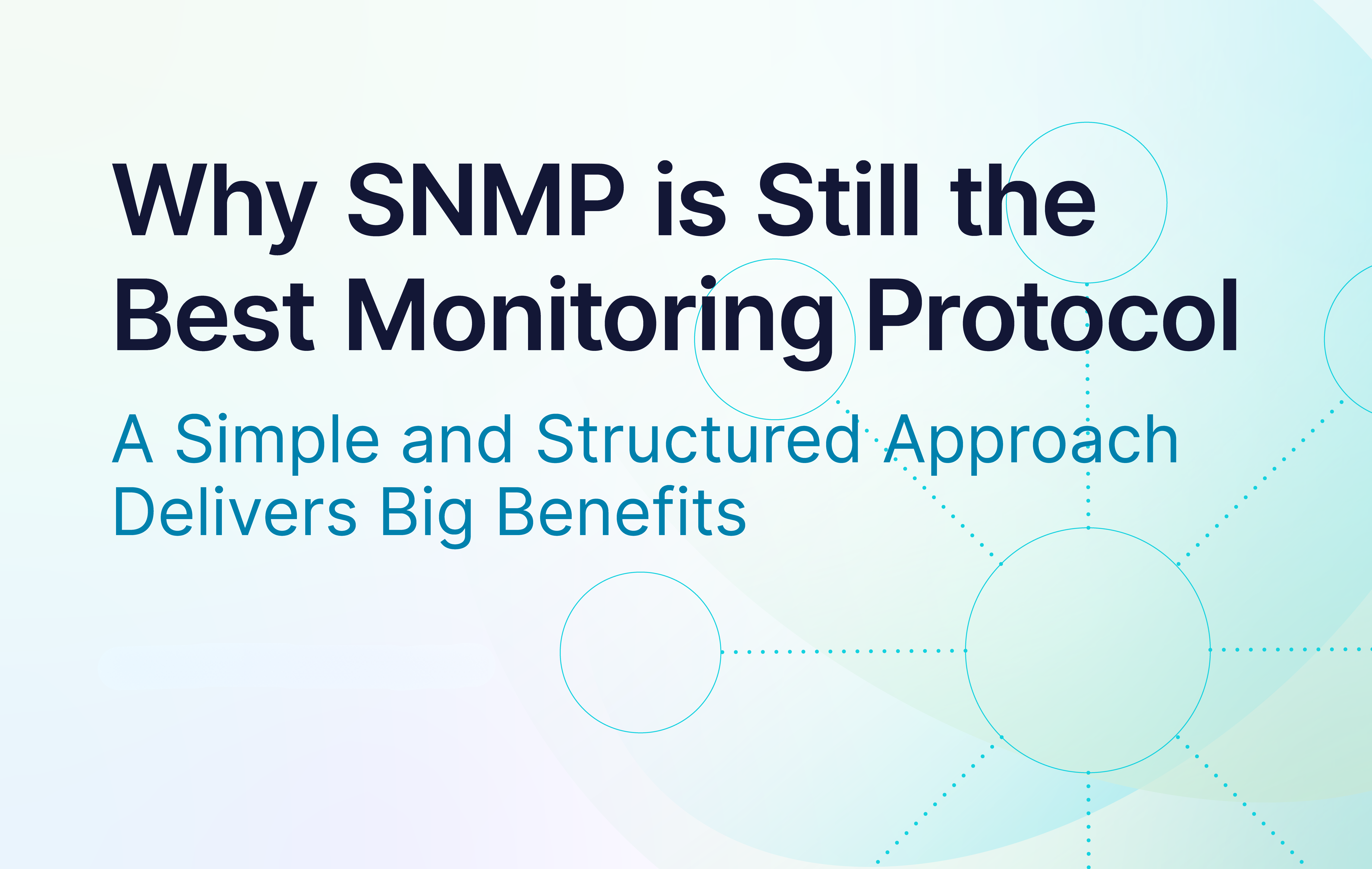Rather than pay the Splunk bill, Cisco just bought the company.
Cisco’s planned acquisition of Splunk has caused ripples across the network and security ecosystem since it was announced in September 2023. It may be a win for both by bringing together Splunk’s cybersecurity with Cisco’s network data, but as with any merger, there are some questions.
In this case, I’ve seen concerns around the potential culture clash, the pace of innovation, and especially how this could affect Splunk costs.
Observability costs can already spiral, surprisingly, out of control as demonstrated by Datadog’s shocking $65M/year customer bill (hint: it was Coinbase). Unfortunately, when budgets are tight and customer-facing services are sacrosanct, observability might be first on the chopping block when companies are looking to shave 10% off quarterly cloud costs.
Some vendors have reacted to the issue of steeply rising spending on observability metrics by introducing a way to pull together unused and partly used metrics into lower cardinality versions to reduce costs.
In this blog, I’m going to take a look at what’s driving these growing cloud costs and how they can be curbed so monitoring doesn’t have to be sacrificed.
Hazy Cloud Costs
When services like Splunk and Datadog and others first launched, one of the key promises of the cloud-delivery model was scalability – companies could use as little or as much of the service as they needed. But as the model has expanded over time, we’re starting to see some cracks along with the benefits:
Complex Contracts
You may run into a menu that offers hundreds of ways the services can be priced and combined – by user, feature, device, or more – and end up paying more for the “flexibility” of buying a la carte. It's like a new car purchase where you choose the model, the trim, the colors, and the add-on features as packages or priced separately. It’s not always easy to compare the options: you might find that the price is different for each feature depending on which base model you select, or you even forget to include cruise control!
Per Metric Pricing
Cruise control is a no-brainer, but how can you be sure which optional metrics you should include to track with your monitoring service? How can you know where the problem will crop up? How can you know what data you need to collect before you collect and review the data? Without the ability to see the whole picture, you can end up with blind spots that just happen to be the source of a network-crashing crisis. You could choose to monitor everything, but with a la carte pricing, can you afford it? Or maybe you realize after you’ve signed the contract that you missed critical metrics and adding them requires going back for more budget each time. How flexible is that?
Unpredictable consumption costs
Once you choose your options, the price can still vary. Again, this can be one of the advantages of a cloud-based service, but as we’ve seen in the last few years, this can become a drawback instead. Imagine the same car, but your monthly payment changes based on how much you drive. Cost conscience organizations want to keep spend under control and predictable. As we reach year-end, this is especially important for companies trying to lock in budgets for next year. A cloud-based service loses its scalability advantage if the only way to make the cost predictable is to lock in the usage and not scale to the usage you actually need.
The Predictability of OpenNMS
Before joining OpenNMS, I was in the position to make the decision on which network monitoring solution to utilize. The non-profit I worked for was very budget-conscious, so having a predictable cost for network monitoring was critical but so was the scope of coverage. To avoid the blind spots and surprises listed above, we chose the on-premises implementation of OpenNMS Meridian.
With OpenNMS, everything is included, and the pricing is straightforward – there’s no piecemeal solution, no picking and choosing between metrics, no consumption-based costs. I never had to justify what I was measuring, why, or how much. We could plan and predict the cost and coverage.
When something happened, this let me turn the conversation from “The network is broken” to “The network isn’t broken, and I have the data to prove it. Do you?”
Conclusion
As cloud software usage has grown, most companies have run into the nasty shock of a surprisingly large bill at the end of the month. Elasticity is, in effect, gone when you have to justify additional budget to expand the solution, or you simply can't because the planned budget doesn't allow it. This is scale in name only.
The first line of this blog is a joke but with a painful, realistic point: even the best-funded companies can feel the burn of scaling cloud software costs.
For organizations requiring more predictability without sacrificing visibility (and can't afford to just buy the company!), it's worth exploring other options.
